You are here
Schools and immigration: ideas and realities
About the speaker
Julio Carabaña
Professor of Sociology, Complutense University of Madrid
The educational system
• The educational system is one of the social sub-systems in which the lowest levels of tension are produced by the processes of immigration. Unlike the employment market, in education there is consensus in the educational strategy that needs to be followed: educate within the socio-political framework in which we live.
• There are no sure-fire formulas to improve schools. We cannot simply apply industrial or commercial processes. The methods employed can be improved, but we have no "magic wand". The formulas we have today are complicated, chaotic and really hard to apply.
• Language, level and customs are not differentiating factors among Spanish and immigrant students.
• The effects of immigration on schools and the educational system, learning and education are non-existent or doubtful.
Factors
The factors that justify that the concentration of immigration influences lower levels may be due to pre-screening, which means immigrants go to lower level or less effective schools (see Informe d'avaluació, 14, p. 146); or subsequent selection, which means that higher level students leave schools with high levels of immigration and choose to continue their studies at a school with fewer immigrant students. This is the so-called white flight mechanism that leads to ghettos.
Nonetheless, there is solid evidence that the coefficients of the make-up of a class are a statistical illusion. The two most solid sources of evidence come from the data in the REM12 sample and the study of the "school voucher in Chicago" by Steven D. Levitt (published in the book Freakonomics).
Immigrant students' learning
• Immigrant students' learning is very similar to that of the students in their native countries.
• Immigrant students' learning should be compared to that of those in their native country, not just in the host country.
From the empirical to (political) application
• If there is an important concentration, then this is the case in any centre, whether public or private.
• If there is not an important concentration, its growth should be avoided; ie, it is advisable that we do not provoke the problem we are trying to avoid.
Conclusions
Do we need extraordinary actions that differ from those for incorporation into ordinary schooling?
• Depending on the circumstances, they may be advisable. We cannot apply different measures for each system and without reflection. Firstly, we have to incorporate the student, once they are incorporated we can then take the necessary action.
• Carry out extraordinary actions when the characteristics of the students so require, without pre-screening them.
• Maintain ordinary schooling subject to the general regulations (choice).
In an ideal world we would not have a multicultural or intercultural curriculum, but a universal curriculum adapted to the local setting.
Discover
other ideas
-

Leadership in innovative educational organisations
David Hopkins
2009 -

Responsibility, autonomy and evaluations for the i...
Mats Ekholm
2009 -

The Crisis of Social Cohesion: School and Employme...
Robert Castel
2009



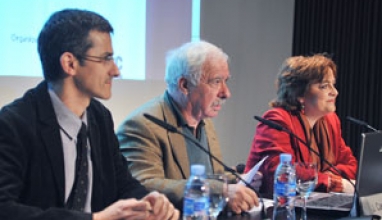
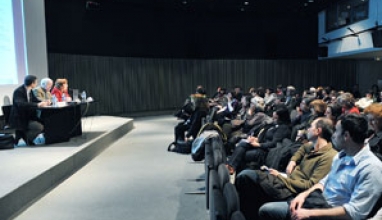
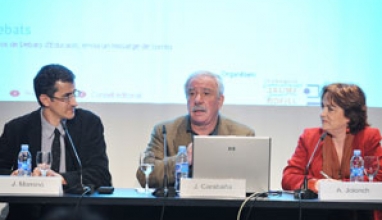


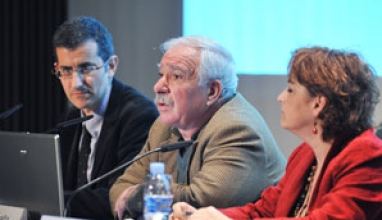




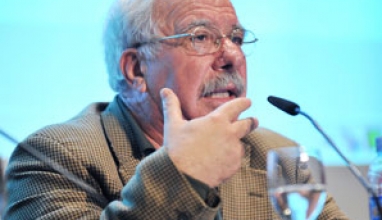

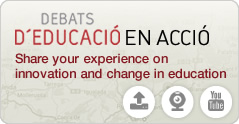


 The texts published on this website are, unless otherwise indicated, covered by the Creative Commons Spain Attribution - Non Commercial - No Derivs 3.0 licence. You may copy, distribute and transmit the work, provided you attribute it (authorship, journal name, publisher) in the manner specified by the author(s) or licensor(s). You may not use the material for commercial purposes. You may not transmit any derivative work from this material. The full text of the licence can be consulted here:
The texts published on this website are, unless otherwise indicated, covered by the Creative Commons Spain Attribution - Non Commercial - No Derivs 3.0 licence. You may copy, distribute and transmit the work, provided you attribute it (authorship, journal name, publisher) in the manner specified by the author(s) or licensor(s). You may not use the material for commercial purposes. You may not transmit any derivative work from this material. The full text of the licence can be consulted here: